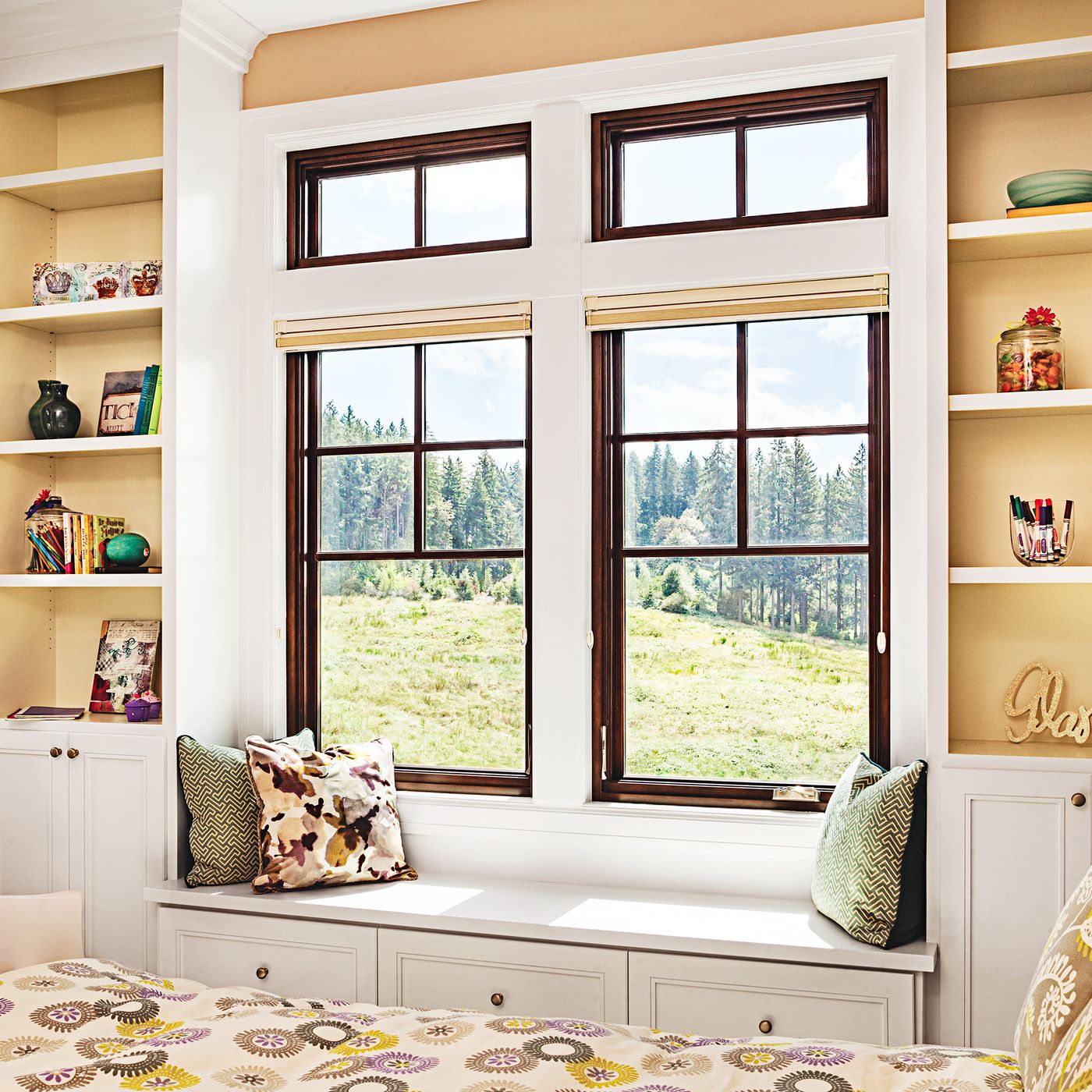
It’s not a stretch to say windows are among the most hardworking but least appreciated parts of a household. We want them to bring in light, but not too much; to be durable but also translucent; and to keep out the heat, wet, and cold. Aside from these, we want them to function well for years. It seems like an impossible laundry list of requirements, but all of these can be achieved by fiberglass windows.
Fiberglass – an MVP in construction
When you are looking for high-quality, affordable window material, you do not need to look further than fiberglass. It is glass reinforced with plastic, a type of composite material. Its durability and elasticity make it perfect for a wide range of applications like in making roofs, eyeglass lenses, orthopedic casts, surfboards, and yes, windows.
This material is lighter than wood and will not rot when exposed to water. It is as low-maintenance as vinyl and won’t warp in extreme heat. In the past, fiberglass was available only in certain sizes and clouded over when subjected to direct heat. These days, you can have your sheets customized to fit your specifications and coated to protect against UV rays. These improvements have made an already versatile material more reliable.
How fiberglass windows fare
The durability of fiberglass cannot be discounted. They can expand and contract with heat, which makes them perfect for windows. Fiberglass helps protect the window frame from wear, especially if the frame is made of wood. Because the material contracts and expands with the temperature, it takes the strain off the frame and helps the structure last longer.
This material can also be hammered to thin sheets and does not need to be thick to be stable. This is important in constructing homes, especially when building a home with modern or contemporary finishes. Your windows can be less bulky without being in danger of shattering or snapping because of the wind or heat.
If you’re building an energy-efficient home, fiberglass is a good option. Because fiberglass window frames are hollow, they do not retain a lot of heat. You can also choose to have the frames lined with insulating foam, which further improves temperature regulation. These features have made fiberglass a good option for many homeowners for years.
Fiberglass frames versus other materials
This material holds its own against other popular window materials. Vinyl is as inexpensive and might be cheaper in some instances. However, it can turn brittle, especially in cold climates. Once you break a vinyl window, you will need to replace it, because they cannot be repaired.
Wood window frames look beautiful and offer the same amount of sturdiness as fiberglass. However, they are often pricier, something that might deter most homeowners. Wood is also heavy, much heavier than fiberglass, and is high-maintenance.
If you’re looking for low-maintenance, you should go with aluminum or fiberglass. Aluminum is lighter than the latter, but it also easily conducts heat. If you want more temperature regulation, you will not achieve it with aluminum windows.
Conclusion
Using fiberglass on your windows is a wise, cost-efficient way of making your home beautiful. Because fiberglass is flexible, you can use it for both the window itself and the window treatment. Consider using fiberglass in your next window upgrade and reap the many benefits.
If you’re looking for window replacement services in Salt Lake City, Utah, get in touch with us today. We offer free consultations and can help you select the best window type for your home.

